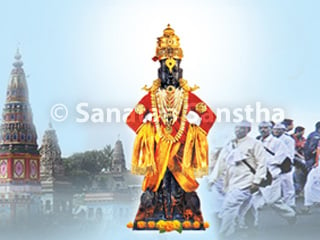The Significance of Vitthal in Indian Culture and Spirituality

Introduction
Vitthal, also known as Vithoba, is a revered deity in Indian culture, particularly among the followers of the Bhakti movement in Maharashtra. The importance of Vitthal goes beyond mere worship; it embodies love, devotion, and spiritual awakening, resonating deeply in the hearts of millions. The annual festivals and pilgrimages dedicated to Vitthal attract devotees from all corners of India, showcasing the deity’s widespread influence and relevance in contemporary religious practices.
Historical Background
The worship of Vitthal has its roots in the 13th century, with the poet-saint Dnyaneshwar as one of the most significant figures promoting his devotion. The town of Pandharpur in Maharashtra is regarded as the epicenter of Vitthal worship, where the famous Vitthal temple stands. The annual Ashadhi Ekadashi festival draws hundreds of thousands of devotees who participate in long walks, known as ‘Wari,’ to pay homage to the deity. This pilgrimage is not only a religious act but also a manifestation of community bonding and cultural heritage.
Vitthal in Modern Times
In recent times, the significance of Vitthal has seen a resurgence. The growing interest in spirituality and traditional practices among India’s youth has given rise to new forms of expressions of devotion. Social media platforms display vibrant celebrations of Vitthal’s festivals, attracting a younger generation to engage with their cultural roots. Moreover, various non-profit organizations are working to preserve and promote the traditions associated with Vitthal, ensuring that the importance of this deity remains alive in the modern world.
Conclusion
The essence of Vitthal extends beyond religious beliefs; it symbolizes hope, unity, and cultural identity in India. As India moves forward, the role of Vitthal could evolve, but its foundational values of love and devotion will continue to resonate across generations. The ongoing popularity of Vitthal among both older generations and the youth signals that this spiritual icon will remain a pillar of Indian culture for years to come.









